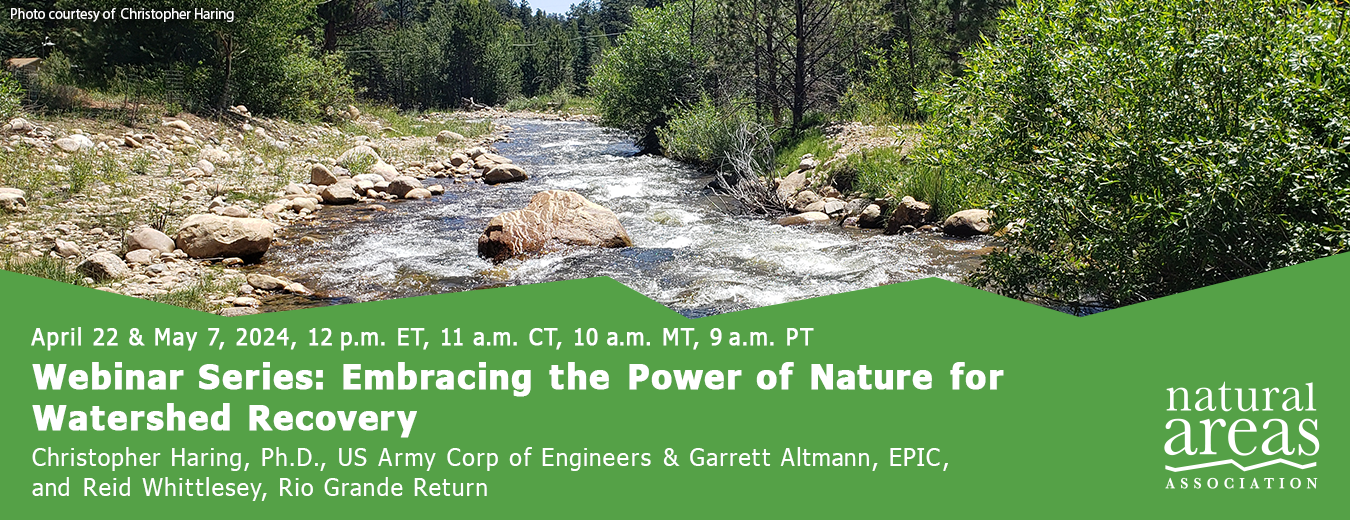
Nature has a pattern of recovery following disturbance. While there is a need for humans to assist in this effort, ecological succession should be an important consideration when restoring streams to their natural condition. Materials found in nature, if used strategically, will not only help in restoring watersheds, but can also assist in creating land and water features that will mitigate damage in the future. This approach is steeped in indigenous knowledge as you will learn in some of the case studies. While less conventional than some modern engineering approaches, there is evidence that using natural and nature-based solutions can be more practical, better for nature and more cost effective. Join us for this two-part webinar series where we will explore nature-based approaches to recover watershed stream systems, along with delving more deeply into some techniques.
This is a 90-minute program.
Christopher Haring, Ph.D., Research Physical Scientist, River Engineering Branch, U.S. Army Corps of Engineers, Engineer Research and Development Center, and Garrett Altmann, M.Sc., Western Restoration Program Manager, EPIC, will provide an overview of natural, nature-based approaches to recovery from fire and other natural disturbances. This webinar will consider Santa Clara Pueblo watershed restoration as one of several case studies highlighting these applications in various regions in the U.S. The presenters will share their experiences making the case for this approach, funding, and implementation considerations.
Special Thanks to the Bureau of Land Management for Supporting this Program.
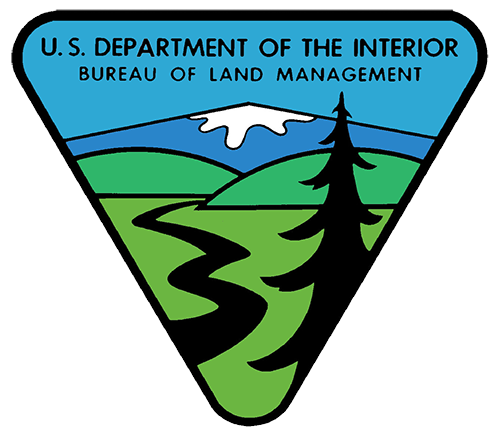
This is a 60-minute program.
Join Reid Whittlesey, restoration program director, Rio Grande Return, as he considers process-based strategies for stream recovery that embrace the power of nature. This webinar will emphasize natural techniques using plants and the reintroduction of beaver (Castor canadensis) to support nature's ability to restore ecological systems. Learn more about how these strategies may be universally applied across North America.
Special thanks to our partner who makes this webinar possible
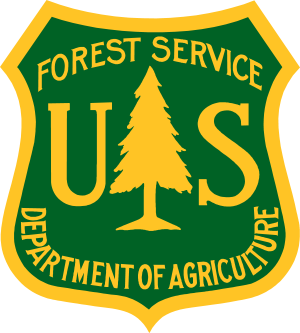
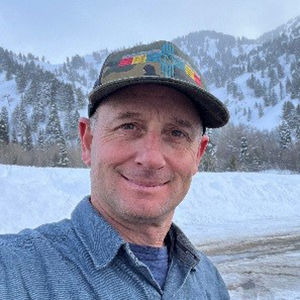
Garrett Altmann
Western Restoration Program Manager - Environmental Policy Innovation Center (EPIC)
Garrett Altmann is the Western Restoration Program Manager at the Environmental Policy Innovation Center (EPIC) where he supports tribes and communities access federal funding for fish passage projects. Prior to joining EPIC, he served as the GIS Coordinator and Project Manager for the Forestry Department at Santa Clara Pueblo. Garrett is versed at integrating Indigenous Knowledge and Nature-based Solutions in projects to maximize ecosystem services and develop resilience to climate variability. Garrett has coordinated watershed restoration projects with federal, state, tribal, and non-governmental organizations and continues to innovate in projects that maximize nature, mitigate disasters, and restore aquatic connectivity. He holds a Bachelor's in Geography from UC Santa Barbara, and an M.Sc. in Natural Resources Management from the University of Alaska Fairbanks.
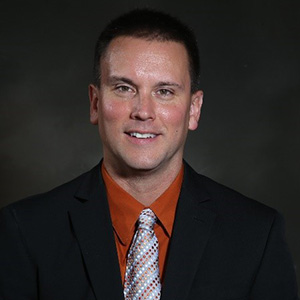
Christopher Haring, Ph.D.
Research Physical Scientist, River Engineering Branch, Coastal and Hydraulics Lab, Engineer Research and Development Center
Dr. Haring is a professional geologist with over twenty-five years of experience in hydrology, hydraulics, river engineering, restoration and stabilization with EWN-NNBF focus, and fluvial geomorphology with the U.S. Army Corps of Engineers. Currently, Dr. Haring is a research physical scientist with the River Engineering Branch at ERDC. His work experience includes studies in hydrologic and hydraulic analysis of watersheds, geomorphic watershed assessments, wildfire recovery, riverbed and bank stabilization studies and projects using grade control structures, redirective and bank erosion control measures in combination with Engineering with Nature-Natural and Nature-based Features (EWN-NNBF). He is the USACE lead for developing the international fluvial EWN-NNBF guidelines manual working with partners from the UK, Netherlands, and others. He continues to work in the EWN-NNBF working group on developing Technical Notes and Reports documenting the EWN initiatives and applications. He also serves on the USACE River Engineering Committee that aids USACE Districts on solving water resource and river engineering problems. Current research includes leading the working group on a multi-year project to update the USACE Streambank Manual with EWN-NNBF focus and further develop two geomorphic assessment tools, FRAME and FluvialGeomorph. In addition, he has also been responsible for conducting geomorphic and river engineering research (RSM, MRGP, EMRRP, FCS, Wildfire, Silver Jackets), and developing and teaching training courses and workshops for the Corps of Engineers, and other federal, state, and local agencies throughout the U.S.
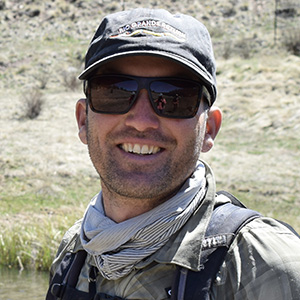
Reid Whittlesey
Restoration Program Director, Rio Grande Return
Reid graduated from Humboldt State University with a B.S. in Environmental Science and Ecological Restoration. He has successfully managed the implementation of over 40 federal, state, and private water quality, riparian ecosystem, wildlife habitat, and watershed improvement projects and has been working in the field of restoration since 2009. He enjoys rock climbing, skiing, botanizing, and trying to reduce the erosion rates on his property north of Santa Fe.
Support the people who manage our natural areas and protect biodiversity in perpetuity.